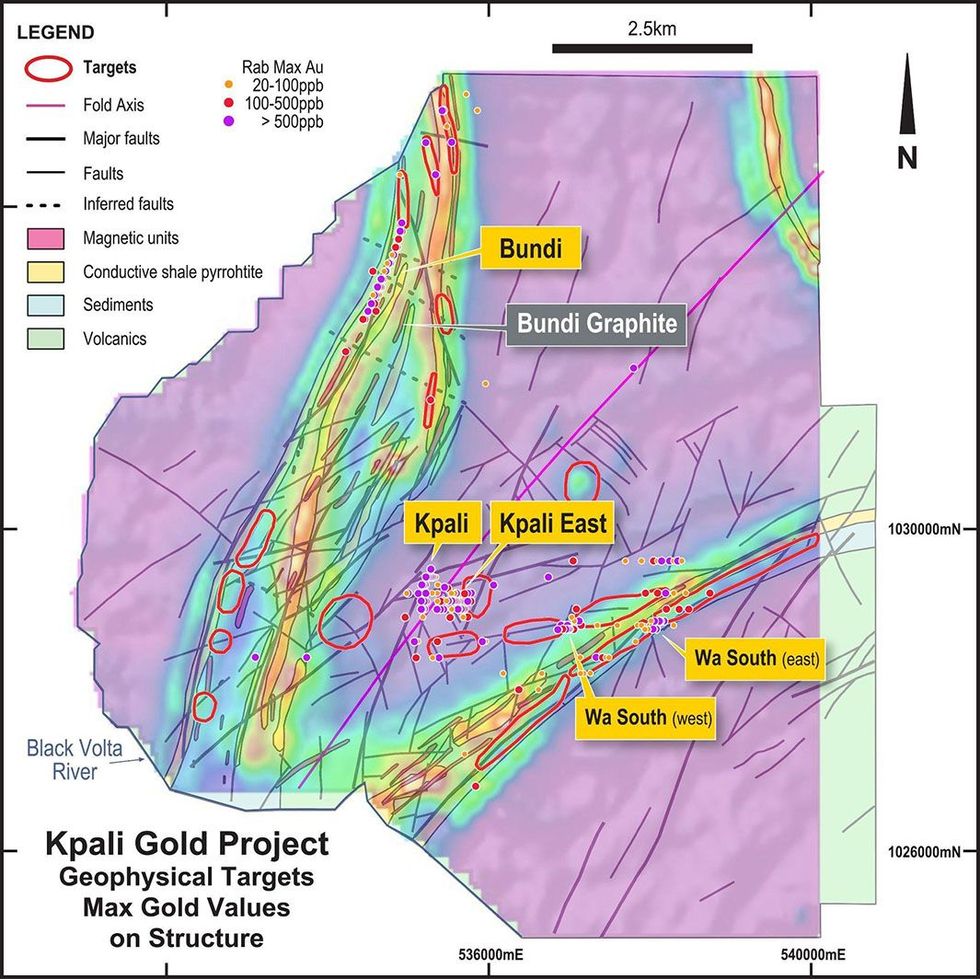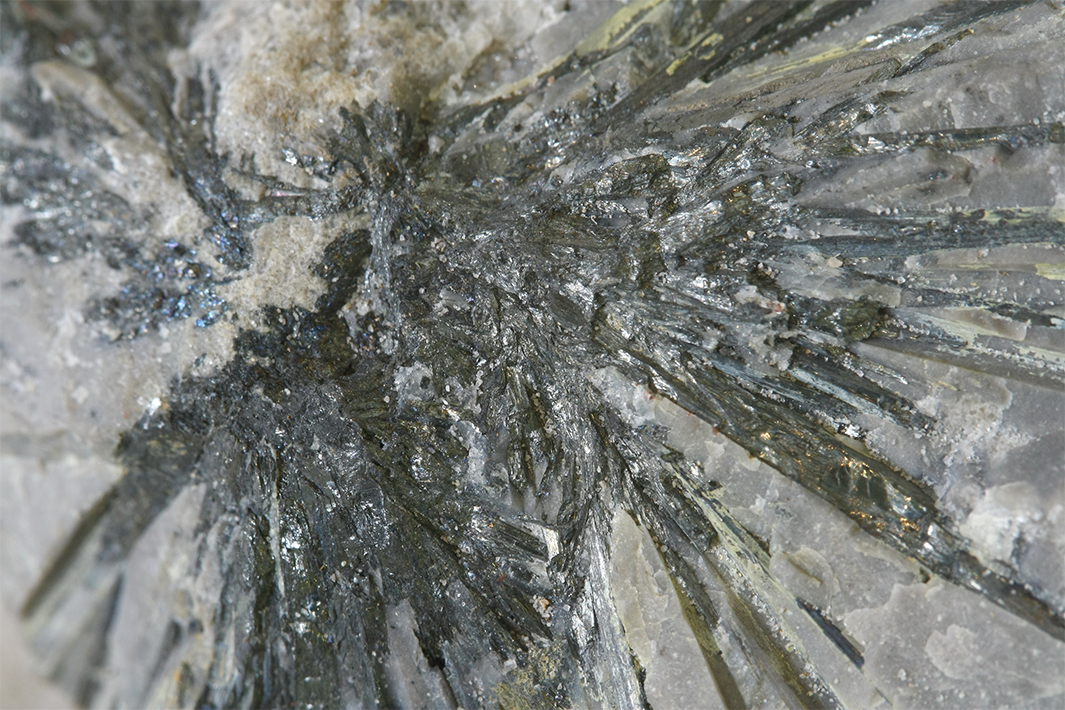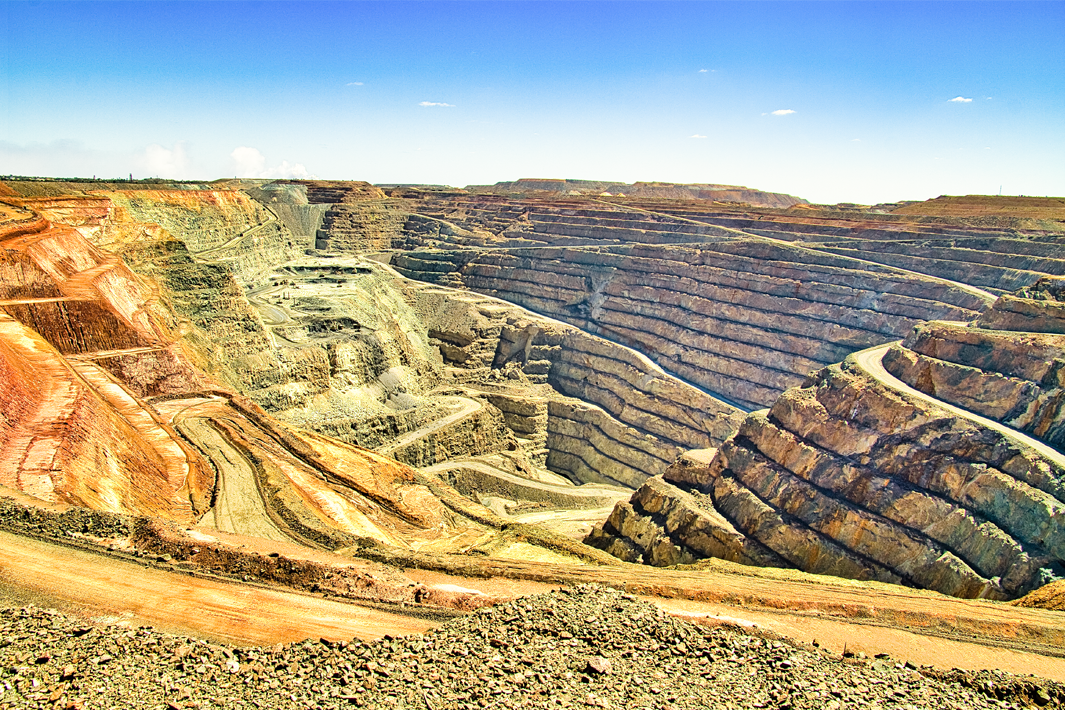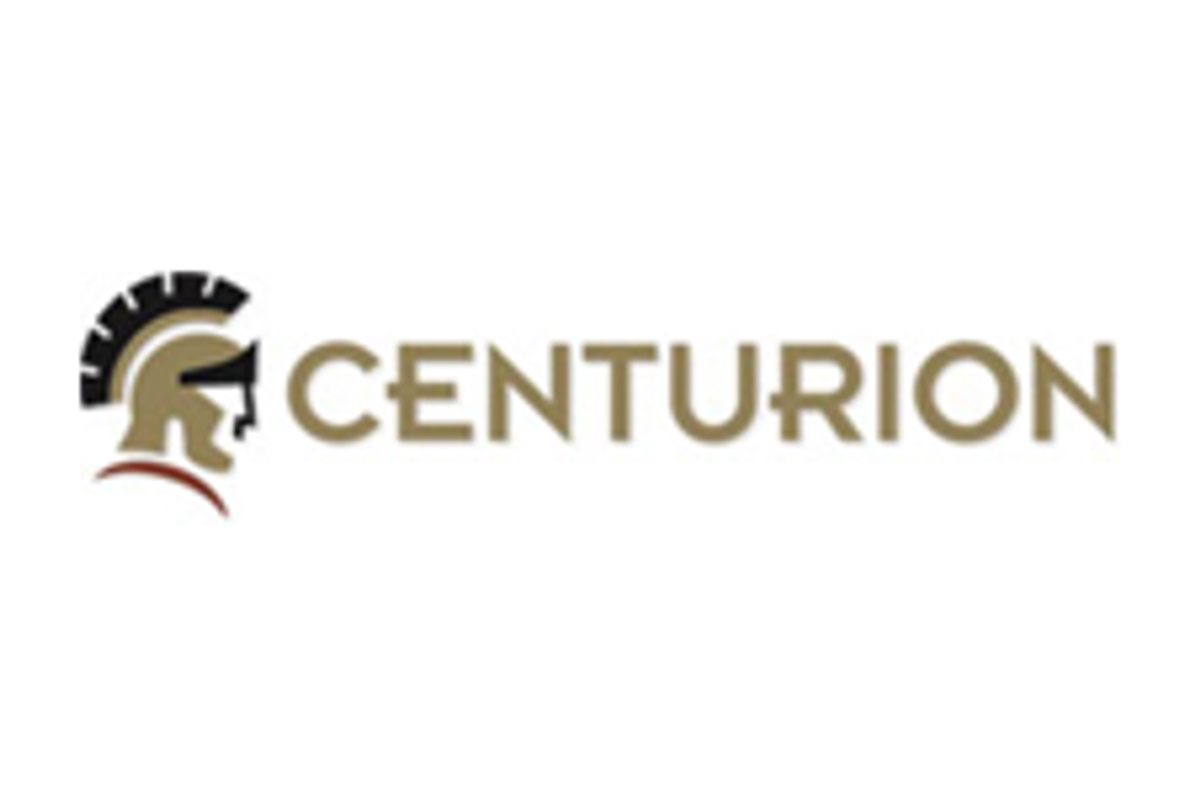
April 20, 2025
A recent research report by Terra Studio highlights Castle Minerals’ (ASX:CDT) investment value proposition as a gold exploration company with significant potential in Ghana's gold-rich region. With an enterprise value of just AU$3.4 million, Terra Studio considers Castle Minerals significantly undervalued given its promising drill results, strong government support for its graphite project, and potential for continued discoveries amid record-high gold prices.
The Terra Studio report from April 14, 2025, outlines several compelling reasons why Castle Minerals presents an attractive investment opportunity.
Key Highlights from the Report:
Strategic Location and Recent Discoveries
Castle's projects are located in northern Ghana, which hosts several major gold deposits including Cardinal Resources' 5.1 Moz Namdini deposit. The company's Kpali gold project has confirmed robust mineralization with impressive drill results including 12 m at 8.29 grams per ton (g/t) gold and 9 m at 4.81 g/t gold, while the Kandia gold project has demonstrated promising continuity with results like 7 m at 3.36 g/t gold.
Geological Advantage
The report emphasizes that Castle's Kpali area sits at the convergence of two major fertile greenstone belts and three regional-scale structures that host multi-million-ounce deposits in the region – a geological setting similar to higher-valued projects in West Africa.
Strong Leadership and Financial Position
The company is led by Stephen Stone, who previously grew the nearby Black Volta gold project to 2.80 million ounces of mineral resources. Following a recent AU$3 million placement, Castle Minerals is well-funded to continue its exploration activities.
Castle also owns the Kambale graphite project, one of the highest-grade graphite projects in Africa with a mineral resource of 22.4 million tonnes at 8.6 percent total graphitic carbon. The Ghanaian government has expressed strong support, with the country's sovereign fund signing a term sheet to invest approximately US$2 million to advance the project.
For the full analyst report, click here.
This content is intended only for persons who reside or access the website in jurisdictions with securities and other applicable laws which permit the distribution and consumption of this content and whose local law recognizes the scope and effect of this Disclaimer, its limitation of liability, and the legal effect of its exclusive jurisdiction and governing law provisions [link to Governing Law section of the Disclaimer page].
Any investment information contained on this website, including third party research reports, are provided strictly for informational purposes, are general in nature and not tailored for the specific needs of any person, and are not a solicitation or recommendation to purchase or sell a security or intended to provide investment advice. Readers are cautioned to seek the advice of a registered investment advisor regarding the appropriateness of investing in any securities or investment strategies mentioned on this website.
CDT:AU
The Conversation (0)
01 October 2025
Cote D'Ivoire Soils Underway and Ghana Auger Well Advanced
Castle Minerals (CDT:AU) has announced Cote D'Ivoire Soils Underway and Ghana Auger Well AdvancedDownload the PDF here. Keep Reading...
01 September 2025
Target Defining Auger Campaign Commenced at Kandia
Castle Minerals (CDT:AU) has announced Target Defining Auger Campaign Commenced at KandiaDownload the PDF here. Keep Reading...
31 August 2025
CDT moves to 100% Mineralis to secure Cote d'Ivoire Earn-In
Castle Minerals (CDT:AU) has announced CDT moves to 100% Mineralis to secure Cote d'Ivoire Earn-InDownload the PDF here. Keep Reading...
21 August 2025
Castle to Acquire Extensive Cote d'Ivoire Footprint
Castle Minerals (CDT:AU) has announced Castle to Acquire Extensive Cote d'Ivoire FootprintDownload the PDF here. Keep Reading...
19 August 2025
Trading Halt
Castle Minerals (CDT:AU) has announced Trading HaltDownload the PDF here. Keep Reading...
6h
Ongoing Drilling Continues to Return Broad Gold Intercepts
Asara Resources (AS1:AU) has announced Ongoing drilling continues to return broad gold interceptsDownload the PDF here. Keep Reading...
31 December 2025
Utah’s Antimony Resource: A Strategic Investment Play in Critical Minerals
Utah may be best known for its copper and gold legacy, but hidden beneath its rugged terrain lies one of the most overlooked critical mineral opportunities in the US: antimony. With global supply heavily concentrated in China and export restrictions tightening, Utah’s underexplored antimony... Keep Reading...
30 December 2025
Hidden Gem: How Intrusion-related Gold Deposits Could Fuel Next-generation Discoveries
With the gold price continuing to hover near all-time highs and major producers scouring the globe for new large-scale deposits, one type of gold system is emerging as a potential game changer. Intrusion-related gold systems (IRGS) have already yielded multimillion-ounce mines, like Kinross... Keep Reading...
30 December 2025
Finding Gold: Exploring New Zealand’s Next Big Discovery
Despite its rich mining legacy, New Zealand remains one of the most underexplored frontiers for gold in the developed world. Now, with advanced exploration tools and a new generation of explorers, the country is emerging as a hotbed of untapped investment opportunity.Modern exploration... Keep Reading...
Latest News
Interactive Chart
Latest Press Releases
Related News
TOP STOCKS
American Battery4.030.24
Aion Therapeutic0.10-0.01
Cybin Corp2.140.00







